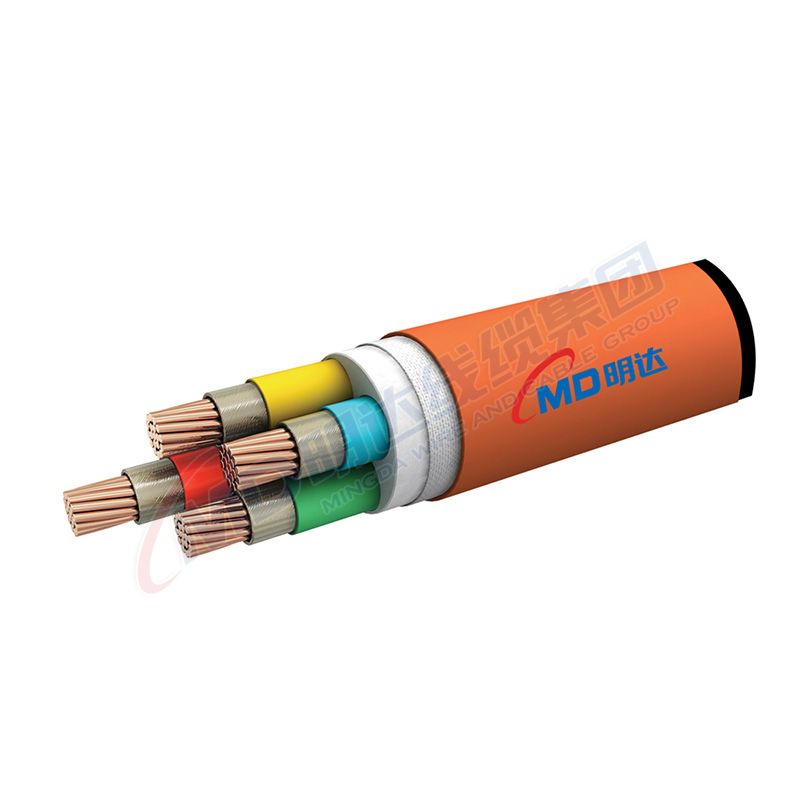10 月 . 11, 2024 14:50 Back to list
Threaded Ball Valve for Efficient Fluid Control in Industrial Applications
Understanding Threaded Ball Valves A Comprehensive Overview
Threaded ball valves play a crucial role in many fluid control applications across various industries. Their reliability, durability, and ease of installation make them a popular choice among engineers and technicians alike. This article delves into the features, benefits, types, and applications of threaded ball valves.
What is a Threaded Ball Valve?
A threaded ball valve is a type of valve that uses a spherical disc, commonly referred to as a “ball,” to control the flow of fluids. The ball has a hole, or port, through its center, which allows fluids to flow through when the valve is in the open position and stops the flow when the valve is closed. The threaded design enables easy connection to pipes, providing a secure and leak-proof seal.
Key Features
1. Materials Threaded ball valves are typically made from high-quality materials such as stainless steel, brass, or PVC. The choice of material depends on the application, pressure conditions, and the type of fluid being transported.
2. Size Range These valves come in various sizes, allowing them to be used in small residential systems or large industrial applications. Standard sizes range from 1/8 inch to several inches in diameter.
3. Pressure Ratings Threaded ball valves can handle a wide range of pressures, making them versatile for different applications. They can be rated from low pressure for residential use to high pressure for industrial processes.
4. Temperature Resistance Depending on the construction material, these valves can withstand varying temperature ranges, from cryogenic temperatures to high-temperature applications.
5. Operating Mechanism Ball valves are designed for quick operation, often requiring only a quarter turn to open or close, which provides efficient control over fluid flow.
Advantages of Threaded Ball Valves
1. Ease of Installation The threaded connection makes installation straightforward, which can save time and labor costs during assembly. This also allows for easy disassembly and replacement when needed.
threaded ball valve

3. Minimal Flow Resistance The spherical shape of the ball allows for minimal flow resistance, resulting in better flow rates compared to other valve types.
4. Low Maintenance Once installed, threaded ball valves require minimal maintenance. Their simple design reduces the likelihood of wear and tear, ensuring a longer lifespan.
5. Versatility These valves can be used in various applications, such as water supply systems, gas pipelines, HVAC systems, and industrial processes, due to their ability to handle different types of fluids.
Applications
Threaded ball valves are widely utilized across multiple sectors
- Residential Used in plumbing systems, threaded ball valves control water flow in household fixtures, such as faucets and washing machines.
- Industrial In factories and plants, these valves manage the flow of chemicals, water, and gases in production processes.
- Oil and Gas Threaded ball valves are essential in controlling the flow of oil and natural gas in pipelines, ensuring safety and efficiency.
- HVAC In heating, ventilation, and air conditioning systems, these valves regulate airflow and maintain system performance.
Conclusion
In summary, threaded ball valves are an integral component in many fluid control systems, offering numerous advantages such as ease of installation, compact design, and minimal maintenance. Their versatility across various applications makes them a preferred choice in residential, industrial, and commercial settings. Understanding the features and benefits of threaded ball valves can help professionals select the right valve solution for their specific needs, ensuring optimal performance and reliability in fluid management.
Share
-
Understanding the Differences Between Wafer Type Butterfly Valve and Lugged Butterfly ValveNewsOct.25,2024
-
The Efficiency of Wafer Type Butterfly Valve and Lugged Butterfly ValveNewsOct.25,2024
-
The Ultimate Guide to Industrial Swing Check Valve: Performance, Installation, and MaintenanceNewsOct.25,2024
-
Superior Performance with Industrial Swing Check Valve: The Essential Valve for Any SystemNewsOct.25,2024
-
Industrial Swing Check Valve: The Ideal Solution for Flow ControlNewsOct.25,2024
-
You Need to Know About Industrial Swing Check Valve: Functionality, Scope, and PerformanceNewsOct.25,2024